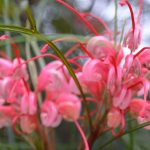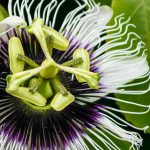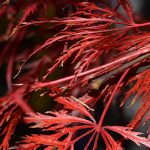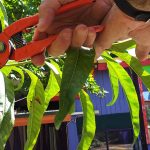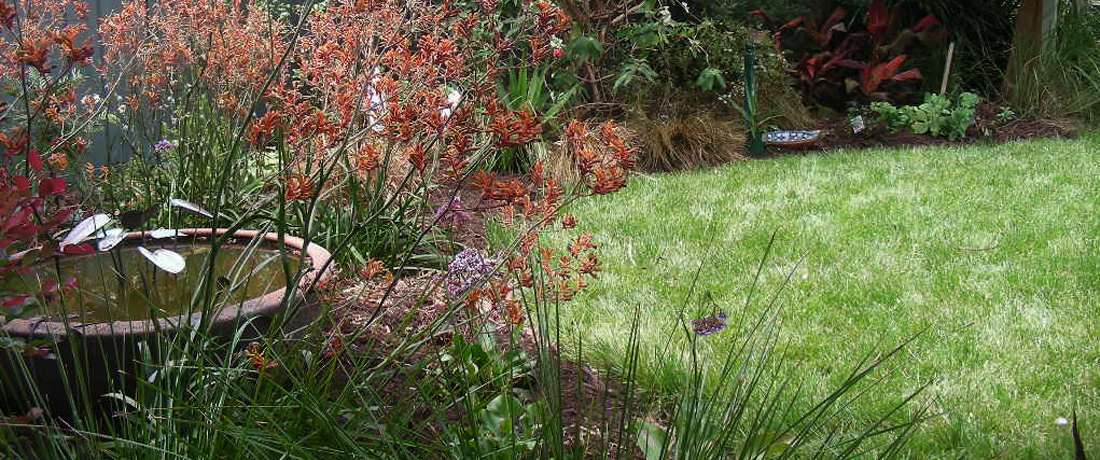
With the continually growing and improving range of Australian native plants available, the days of the scrappy Australian native plant garden are behind us. The range of new cultivars (and the old favourites), like many plant varieties, benefit from pruning. Pruning promotes denser growth and better flowering. The advantages of pruning can be even greater natives as the pruning removes the large woody seed capsules many natives produce after they have flowered. This process requires large amounts of energy from the plant at the expense of producing more flowers and new growth. The type of pruning depends on the growth habit and flowering of the shrub or tree, but there are some general rules to follow. The timing of pruning is generally after flowering, although some tend to spot flower throughout the year.
Fine foliage and flowering shrubs
These may be regularly pruned lightly all over to promote dense bushy growth. Some fast growing shrubs will tend to open out underneath with a lot of dead, twiggy growth. This should be pruned out to clear the main stems. Some species will respond well to heavy pruning into old wood (such as Melaleucas), however other species will not re shoot. If in doubt prune back one branch and wait to see if it re shoots before pruning the rest of the shrub. Sprawling and scrambling shrubs may get a lot of dead growth towards the centre of the shrub. By pruning this out you can expose the main curving stems and lightly prune the foliage at the tips.
Other species, like Alyogyne huegelii benefit from early formative pruning to encourage a dense habit. This denser habit lends itself well to hedging and helps prevent branches splitting off in windy conditions. Prune late spring into early summer – you will lose some flowers because this plant always seems to have a few on it – but you will cut off the long sappy growth to shorter more sturdy lengths, and produce a much better plant as a result.
Large flowered shrubs with woody capsules
These include shrubs such as Grevilleas, Hakeas, Banksias and Callistemons. These should have the flowering stems pruned back to just behind the flower as the flowers finish. The new growth branches out from this point, resulting in a denser shrub and increased flowering. Pruning off the flower stems prevents the woody capsule from forming, allowing energy to go into new growth. Similarly, if you don’t want the masses of large gum nuts on the currently popular flowering gum (Corymbia ficifolia and all its cultivars), then prune off the dead flowers after flowering. The tree will then put energy towards leaf growth instead of gum nuts.
Native grasses
Most of the Dianellas and Lomandras don’t need pruning for the first several years, but then benefit from a periodic prune (3-7 years) to keep fresh. Prune once any risk of frost is past (do not prune in summer). A simple rule is to cut back to about half the height of the plant. They look good if cut back into a neat ball shape. You need SHARP secateurs. Feed lightly after pruning. It can be a bit of a tedious job, but you only do it every few years and the fresh new growth is well worth it.
The Poa species can be cut back almost any time except summer, whenever they look shabby, you can cut them back fairly hard, clearing away all the old dead growth and promoting fresh new growth.

